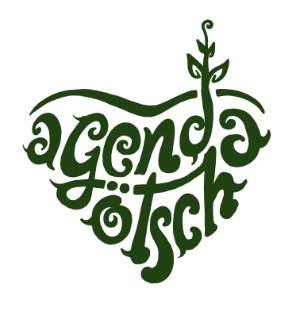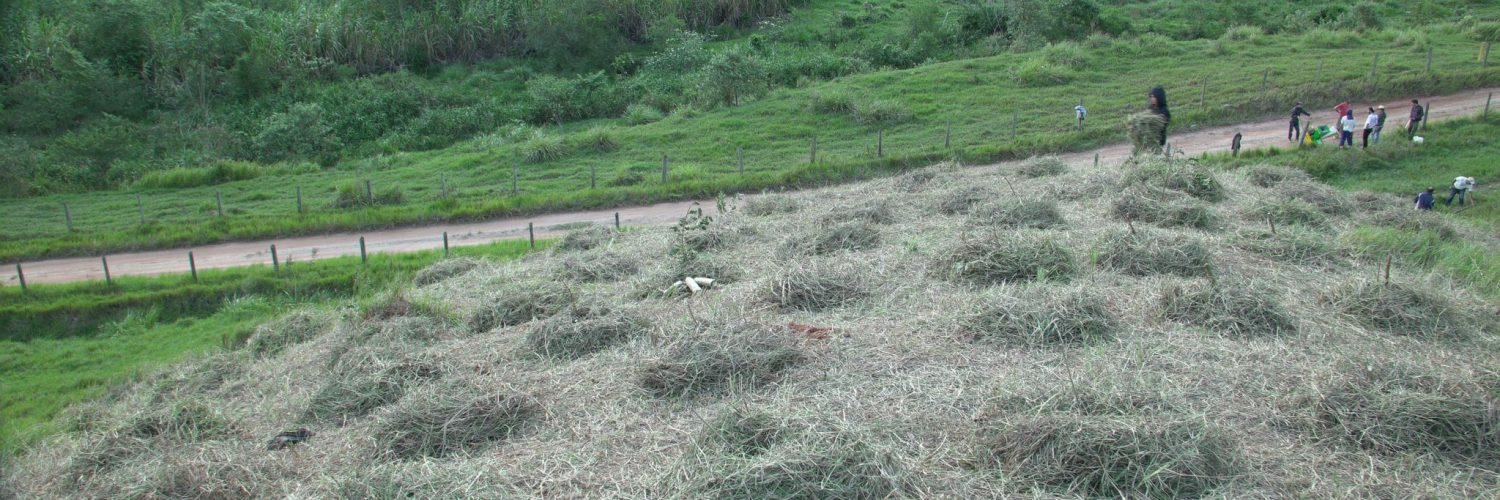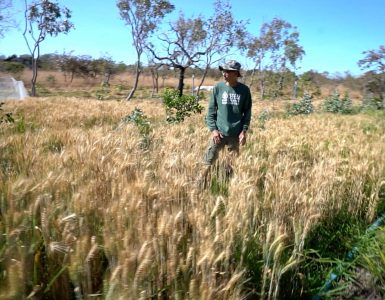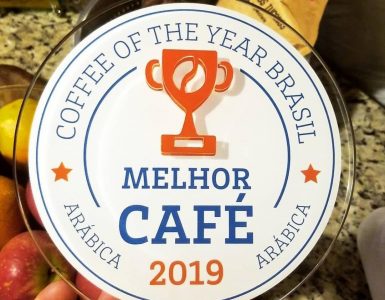In Ernst Götschs’ agriculture, holes become NESTS, seeds become GENES, weeding becomes HARVESTING, competition gives way to COOPERATION and pests become the “AGENTS OF THE DEPARTMENT OF OPTIMIZATION OF LIFE PROCESSES”.
The peculiar (and already classic) vocabulary of Ernst Götsch features a coherence of form, function, ideology and behavior. It’s “Agents of Oversight” may appear no more than a provocative notion, yet it’s hard to resist putting these concepts to the test and evaluating their legitimacy. Let’s take a look at some of the histories behind his concepts and vocabulary.
The case of the Hole and the Nest
Sometimes he calls it a nest, sometimes he calls it a crib, but never hole! Ernst Götsch refuses to say that he plants in holes.
Holes are preparations for death. Nests, for life -E. Gotsch
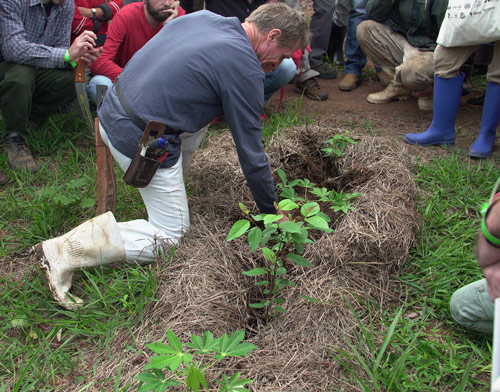
But this is not just a matter of names. We are talking about a change of technique, of principles and, ultimately, of how you look at things. The formation of a nest in Syntropic Farming requires the use of the organic matter present in the place that, instead of being burned, is mowed and chopped. All this resource is organized in concave units, in the center of which a set of seeds is planted. Unlike the convex shape that promotes the flow of water away, the concave shape of the nest contributes to the best use of water, ensuring a more constant humidity and the maintenance of surface temperature better suited for the microorganisms related with soil fertility.
The elevation of soil temperature is deadly for most soil animals, since they are only covered by a very thin layer, which is not able to protect them against drought. All edaphic fauna depends on a certain degree of humidity, so that any temperature that dries out on the surface of the soil harms it” Ana Primavesi*
(*PRIMAVESI, Ana. Manejo Ecológico do Solo: a agricultura em regiões tropicais. São Paulo: Nobel, 2002. p.154)
For the organization of organic matter it is also necessary to follow a strict sequence. Next to the ground we place the woods (which are not buried) in a position that guarantees the greatest contact surface with the soil. Then the leaves and the chopped branches are arranged in a way that keeps the soil completely covered. This organization guarantees the conditions under which there is the formation of humus, which means, good soil!
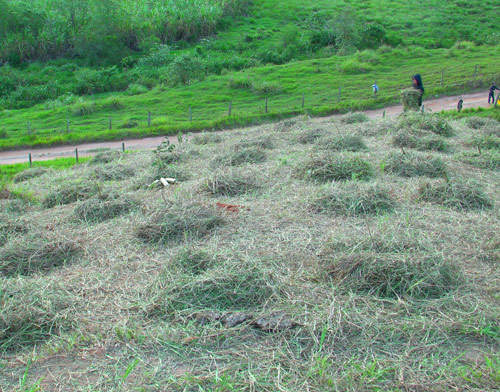
It is also worth thinking that concepts lead us to insights that can shape our way of dealing with some situations. For example, it sounds more problematic to put poison in a crib than in a hole, doesn’t it? It is over meanings that we create our colletive imaginary of what it’s supposed to be “normal” and what it’s not. If, in addition to the physical and biological advantages, the formation of planting nests can bring the care that comes along with a nest preparation, thats a win-win situation!

